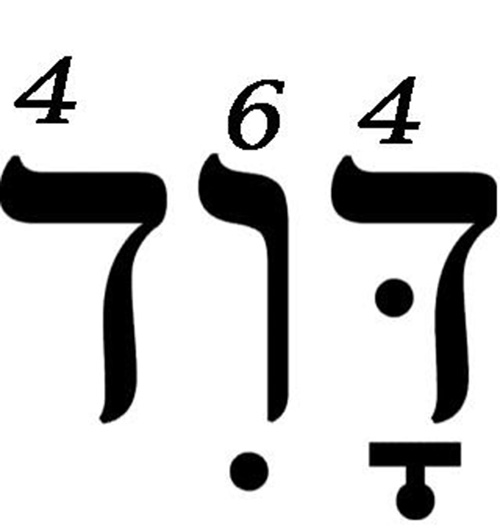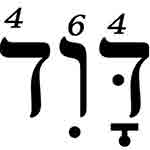
So all the generations from Abraham to David are fourteen generations; and from David to the deportation to Babylon, fourteen generations; and from the deportation to Babylon to the Messiah, fourteen generations. (Matthew 1:17)
πᾶσαι οὖν αἱ γενεαὶ ἀπὸ Ἀβραὰμ ἕως Δαυὶδ γενεαὶ δεκατέσσαρες καὶ ἀπὸ Δαυὶδ ἕως τῆς μετοικεσίας Βαβυλῶνος γενεαὶ δεκατέσσαρες καὶ ἀπὸ τῆς μετοικεσίας Βαβυλῶνος ἕως τοῦ Χριστοῦ γενεαὶ δεκατέσσαρες
This is the eleventh post in a series – you can begin here:
Matthew in Slow Motion 1
Matthew in Slow Motion 2
Matthew in Slow Motion 3
Matthew in Slow Motion 4
Matthew in Slow Motion 5
Matthew in Slow Motion 6
Matthew in Slow Motion 7
Matthew in Slow Motion 8
Matthew in Slow Motion 9
Matthew in Slow Motion 10
As this year the Sunday Gospel readings’ focus is on St Matthew’s Gospel, I thought I’d start some of my personal study and Lectio Divina with that Gospel. [NB. I am using ‘Matthew’ as a convenient term for the author of the first Gospel in the order of the Christian canon].
First off – I just love it that Matthew’s total is 42!
I hope that every reader here realises that 42 is the answer to the ultimate question of life, the universe and everything.
[There’s plenty of analysis/theories elsewhere of why Douglas Adams chose 42]
Why did Matthew use 3×14?
And go on to stress 3×14?
[Remember that Matthew went out of his way to make his genealogy look like 3×14 – even when it actually wasn’t! See previous posts in this series.]
David’s name (David being central to Matthew’s list) in Hebrew (where the letters are also numerals) adds up to 14. This approach is called ‘gematria’. Dalet (‘D’) = 4. Vav (‘V’) = 6. There’s a problem with seeing gematria as the reason for Matthew’s choice of 14. It means that this author is fluent in Hebrew and its gematria tradition. Remember this text is written in Greek (in which the equivalent exercise, called ‘isopsephy’ gives no such interesting result). It also suggests that the readers of Matthew, whilst reading in Greek, made the Hebrew gematria connections.
42 occurs elsewhere in the Bible (Rev 11:2; 13:5).
Maybe Matthew is hinting that Jesus is our sabbath. 42 = 6×7.
That Matthew was highlighting a multiple of 7 seems likely.
If you have ideas why 42, why 3×14 – let us know in the comments.
If you appreciated this post, do remember to like the liturgy facebook page, use the RSS feed, and signing up for a not-very-often email, …




My guess would be 7 (the holy number) * 2 (old and new).
Three is a nice division around Kind David (before David, the kings after David, the time of waiting for the messiah King).
Easter Blessings